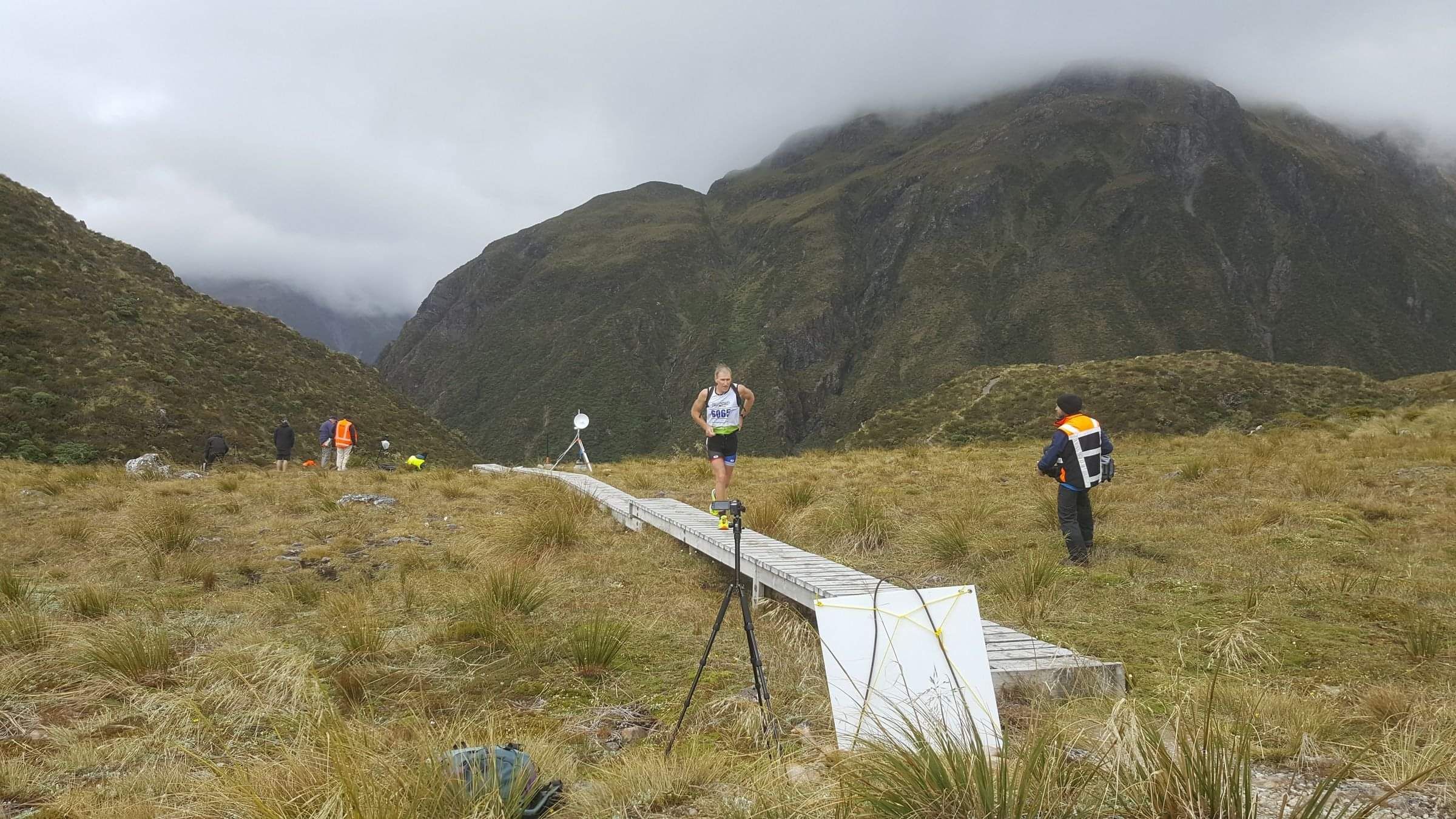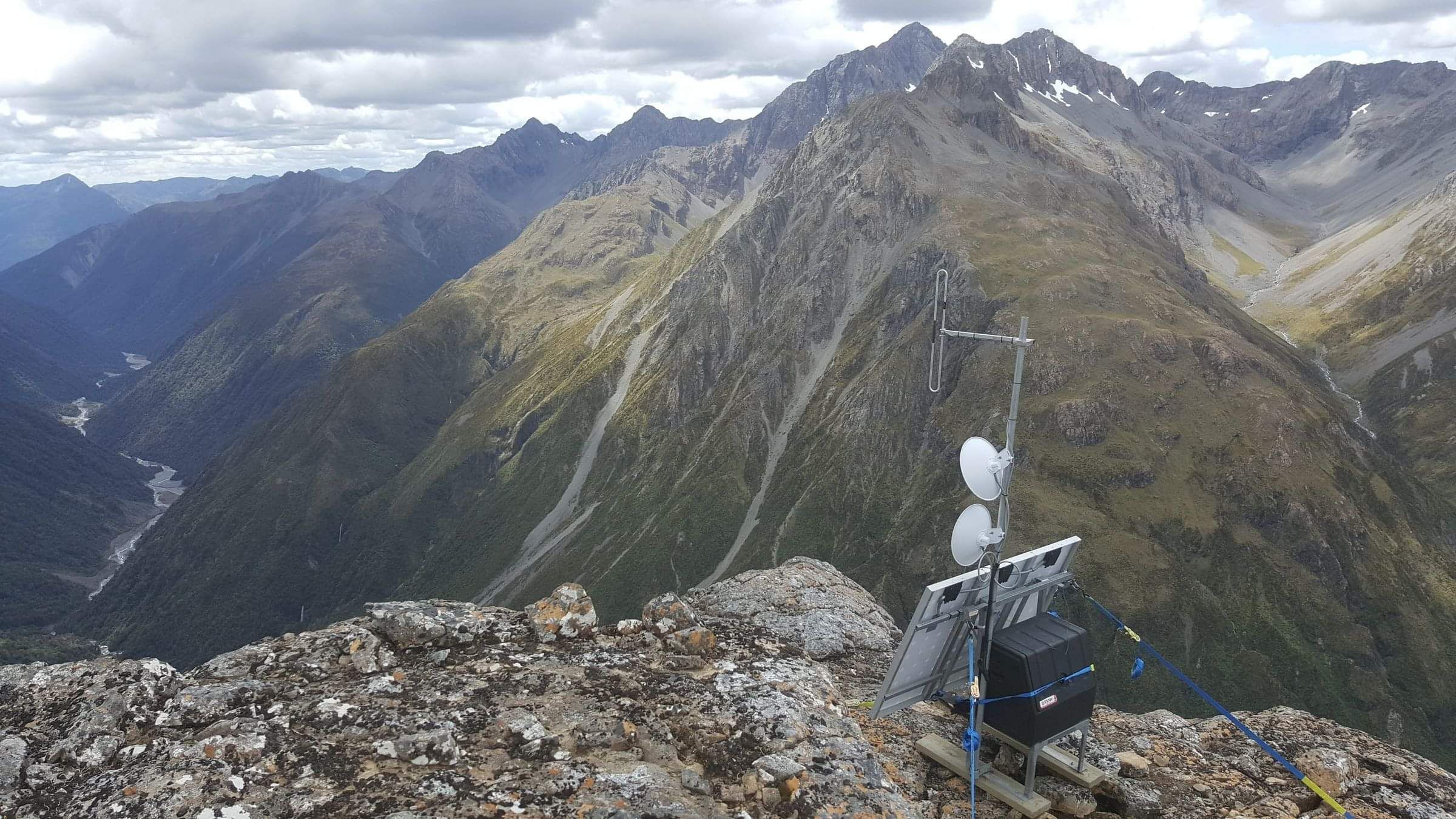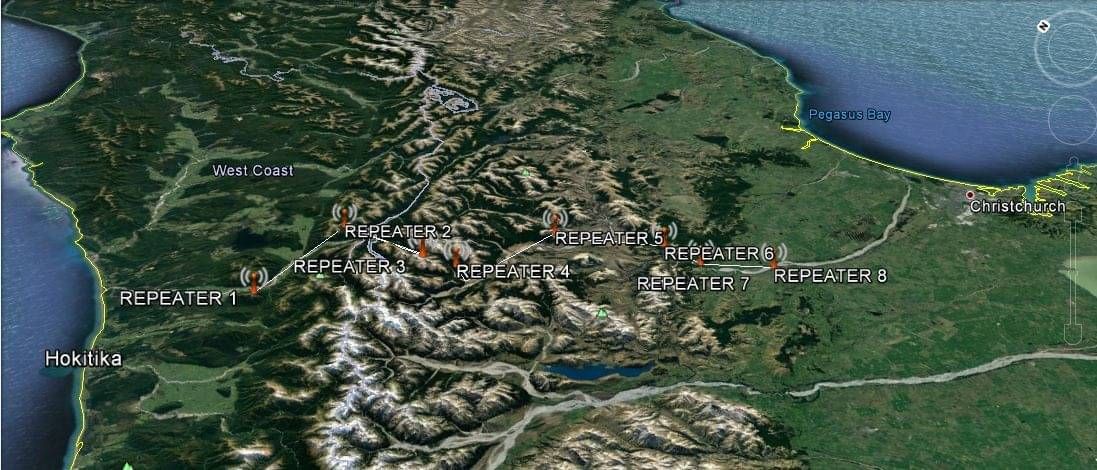Case Study : Coast to Coast
Providing Communications for a Multi-Sport Challenge
A seven site IP linked simulcast VHF DMR network using Radio Activity Kairos base stations operating DMR voice communications provided critical communications for a world class multi sport challenge that traverses New Zealand, covering extremely remote and mountainous terrain.
The Client
Held every February in the South Island of New Zealand, the Kathmandu Coast to Coast World Multi-Sport Championships is one of the world's longest running multi-sports events. Competitors, of which there are close to 1000 in 2017, complete the 243km course of running, cycling mountain running and kayaking stages as part of either a one or two day race. Ultimate Event Productions organises this iconic event.

The Challenge
- Secure, reliable radio communications throughout the course
- High bandwidth live streaming video at 3 fps from multiple locations along the course route
- Secure WiFi
- Transmission of data from timing pads
- Secure integrated communications between radio and mobile phone users for event management team (PTT)
From a commercial perspective, streaming of live coverage, media coverage, competitor communications to friends and family are all essential to amplifying the excitement of the event, creating awareness and ensuring its continued success. The competitor experience must be excellent, from receiving accurate timings to seeing that accidents are dealt with efficiently. A failure in a repeater for example could mean a delay in an air ambulance being despatched, which could be life threatening.

The System
Outback was contracted and had to deliver the complete solution, including radio, IP linking, WiFi and video streaming within 8 weeks to meet the event start deadline.
This was the first time that multi site linking had been used for communications on the Coast to Coast event. Corey Weir, MD says, 'We had experience of using the Radio Activity repeater on a smaller scale and were confident it was the right solution to propose. The repeaters really come into their own in this type of application where you need reliable coverage over a large area. The system provides great reception, unlike other systems that pick up signals reflecting off hard surfaces, creating a 'ghosting' effect or losing comms entirely, the Radio Activity repeater is able to distinguish the best signal and cancel out reflection interference."
"The noticeable difference in using this simulcast repeater is the seamless roaming. We could actually see radios roaming between repeaters to the strongest signal mid conversation. This is a step change from old technology where you had to finish a conversation before the radio would move to a nearer repeater. "
Corey Weir Director, Outback Communications
Using simulcast also resulted in only one channel licence being needed for all seven repeater locations, making the system cheaper to licence than alternatives for multisite applications, which is obviously relevant where spectrum shortages are an issue.

Critical Communications
There were no site failures during the three days of the event, which meant that critical communications were never compromised.
Corey Weir Director, Outback Communications
Teamwork Delivers
"Both Logic and Radio Activity supported us in delivering something really challenging in terms of scale and timing. Logic Wireless supplied the equipment programmed to our specification, we literally just installed it and that was it. No adjustment was required, which is both a relief and a huge cost and time saver, particularly when accessing most of the repeaters would have meant scrambling a helicopter.
The repeaters really delivered. The client noticed a difference in the quality of coverage versus previous years and the lack of interference between camera and radio usage. A smooth execution and good client feedback – everything we aim for."About Outback Communications
Thank you to Outback Communications for supporting us in creating this case study.



